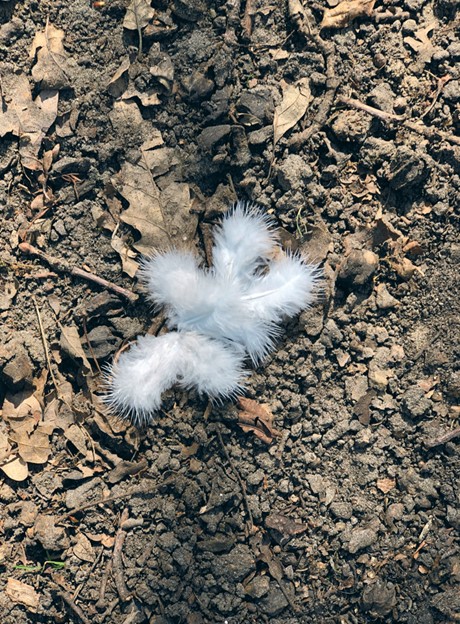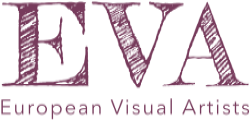WHEN EVERYTHING IS DIFFERENT: LOOKING TO THE ARTS
ARTIST KATE MAYNE’S SPEECH AT THE RE:START CONVERSATIONS
16 June 2021
In March last year, reality was put in the blender, rehashed, remixed, then reassembled. We’re still trying to make sense of the new picture. At first, there was silence. Then birds found their voices in the urban quiet. The skies, a brilliant blue, stood in as our museums. Animals ventured onto deserted streets. Tethered to our homes, our own radius limited, we examined the ground beneath our feet. We’d get giddy at the sight of a flower, or a clump of feathers trapped in the mud like a trembling angel.
Those of us fortunate to be unaffected by the harshest tragedies of the pandemic beheld a daily reckoning of numbers, abstractions we were forever mindful to read as people of flesh and blood. And so, as time passed, we practiced a new kind of mental origami: we folded our spirits in, and slid ourselves in to a social, physical and psychological confinement.
And yet, in isolation, something got in.
Works of art, music and literature reached in, by printed and digital means. They held us upright and kept us connected.
When words and images appear side-by-side,
they don’t mean the same thing, for they affect our senses and mind in different ways. They play upon our nervous system in ways that neuroscientists are only starting to discover. Into the gaps of meaning between word and image, our minds leap in. Such diversity of expression facilitates that state of flow that is so conducive to learning.
To attune images to texts requires a special collaboration, amongst authors, makers of images and designers: they illuminate each other’s idioms.
They lift up the message in a way that is far more memorable than if a single voice were doing the teaching.
I know of schools, namely, the Antwerp Athenaeum, with their project Athena-Syntax, where professional artists are called into the classroom to activate creative processes with pupils. In the safe space of creative play, students can address complex issues, such as identity and belonging. But they also learn about pattern, form, colour… and unleash their talents in ways that are not limited to the arts. They get to explore themselves as creative human beings.
I’ll never forget the flash of insight on a pupil’s face when I affirmed, that, yes, she could assign meaning – any meaning – to a given colour in her drawing; that its strength would grow or diminish, according to what she put beside it. She looked at me in shock, as if she’d just realized she had superpowers.
Artists are forever creating something new: it’s a gift.
Yet for artists, insecurity is a trusted companion of whoever undertakes a life in the arts. The decision to become an artist is not random. In economic terms, the choice is hardly sensible. Artists tend not to receive a 13th month of pay, they have no group insurance, the build-up of pension rights is often beyond their reach. There are costs, too: to make art, you need materials, and space. Real estate is expensive. Artists need to block off time from everyday concerns, to find the emptiness so essential for any creative act.
How much more thriving could the arts be, how much happier our communities, and wealthier in insight and inventiveness, if artists could receive suitable means of income?
Who has the audacity to propose a courageous increase in funding for the arts?
How can new voices be stimulated; established ones recognized?
How can a social status for artists be developed, that acknowledges their circumstances?
Which clauses in contracts help artists gain more stability?
How does one respect existing authors’ rights, in moral and economic terms?
The answers to these questions lead to measurable ways of giving artists the opportunities and support they deserve. Institutions could, for example, instruct their lawyers to direct their judicial prowess to the interests of both artists and the community.
Artists are critical: they see opportunities where others see none. Are they being called upon to contribute to our societal, educational and mental wellbeing? Activating the arts, so that a moment of enchantment sets in, only happens when artists are involved as equal partners.
Everyone in these times is unstable; the insecurity, so familiar to artists, is now being felt by all of us. Bauhaus artist and educator Anni Albers said: “Art is something that makes you breathe with a different kind of happiness.” Isn’t that what we want, a different kind of happiness? The Covid 19 crisis has led many to reconsider what they truly want from life. Is this not the perfect moment to take a leap into the void together?

© Kate Christina Mayne, April 10th, 2020
Kate Christina Mayne, Antwerp, April-June 2021
Parts of this text are based on writings previously published in SOFAM’s Annual Report 2020 and SOFAM’s Re-Vu/e magazine, 2021.
Kate Christina Mayne is a British-Belgian artist and writer based in Antwerp. She is a painter and writes fiction and essays on contemporary art. She has an Msc in Creative Writing from Edinburgh University and a Ma in Fine Art, Painting from St Lucas Institute, Antwerp. As an experienced multilingual translator and editor, she helps artists find their voice in English. As a cultural organizer and curator, she manages SOFAM’s artistic projects and partnerships (since 2017) and co-founded their project POMONA Art Fund in 2021, in support of artists and creative processes in Belgium. As an educator, she has an interest in bridging the gaps between the artistic community and the wider world.
